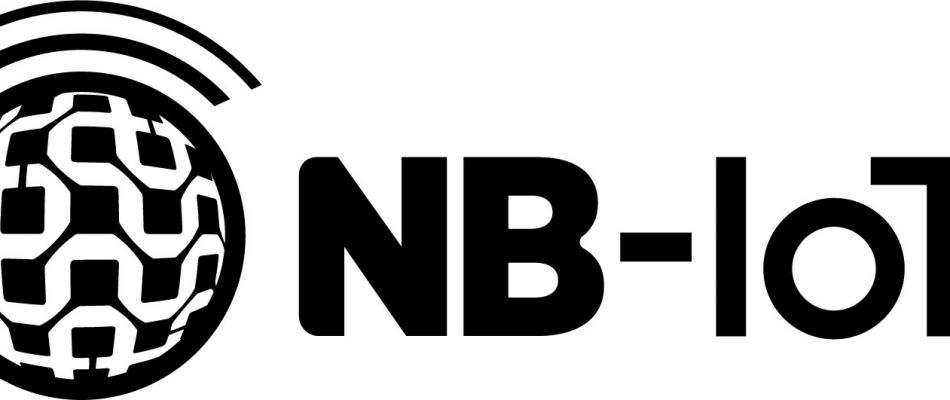

Introduction
Narrowband IoT (NB-IoT) is a breakthrough technology in the realm of Internet of Things (IoT), designed to enhance global connectivity for devices. Its development represents a significant step forward in making our lives easier, more efficient, and environmentally friendly. This article explores the advantages of NB-IoT, its operational dynamics, and its potential to reduce costs and CO2 emissions.
Understanding Narrowband IoT (NB-IoT)
NB-IoT is a Low Power Wide Area Network (LPWAN) technology that operates within the licensed spectrum. It is designed to connect a wide array of devices and services using cellular telecommunications bands. NB-IoT is distinguished by its excellent penetration capability, low power consumption, and the ability to connect a large number of devices over a wide geographical area.
How NB-IoT Works
NB-IoT operates by utilizing a narrow band of the spectrum. This approach allows for:
- **Enhanced Coverage:** Penetrates deep into buildings and underground, making it suitable for urban and rural settings.
- **Massive Connectivity:** Supports thousands of devices per cell, catering to the growing demand for IoT solutions.
- **Low Power Use:** Devices can run on battery power for years, reducing the need for frequent replacements or recharges.
Advantages of NB-IoT
1. Extended Battery Life
NB-IoT devices are designed for efficiency, allowing them to operate on a single battery for up to 10 years. This longevity is crucial for IoT applications where devices are often deployed in inaccessible locations.
2. Cost-Effectiveness
The technology reduces the cost of connectivity by utilizing existing cellular infrastructure and simplifying device components. This affordability accelerates the adoption of IoT solutions across various industries.
3. Improved Coverage
NB-IoT's superior penetration capabilities ensure reliable connectivity even in challenging environments, such as underground or within densely constructed buildings.
4. Scalability
With the ability to support a large number of connections over a wide area, NB-IoT is inherently scalable, making it ideal for both small and large-scale IoT deployments.
Impact on Cost Reduction and CO2 Emissions
Cost Reduction
NB-IoT contributes to significant cost savings in several ways:
- **Lower Device Costs:** Simplified device design and longer battery life reduce the total cost of ownership.
- **Operational Efficiency:** Automated processes and real-time data collection minimize manual interventions and operational costs.
CO2 Emission Reduction
NB-IoT aids in environmental sustainability through:
- **Energy Efficiency:** Low power consumption translates into reduced energy requirements for device operation.
- **Smart Solutions:** IoT applications like smart lighting, precision farming, and waste management optimize resource use and contribute to lower CO2 emissions.
Applications of NB-IoT in Making Life Easier
NB-IoT's versatility supports a variety of applications that simplify daily tasks and enhance living standards, including:
- **Smart Cities:** Managing street lights, monitoring air quality, and optimizing waste collection.
- **Healthcare:** Remote patient monitoring and emergency alert systems.
- **Agriculture:** Precision farming techniques that adjust watering and fertilization based on real-time soil and weather data.
Conclusion
Narrowband IoT stands at the forefront of the IoT revolution, offering unparalleled advantages in terms of coverage, battery life, cost-effectiveness, and scalability. Its role in reducing operational costs and CO2 emissions further underscores its value in today's increasingly connected and environmentally conscious world. As NB-IoT technology continues to evolve, its potential to simplify lives, conserve resources, and foster sustainable growth is boundless.